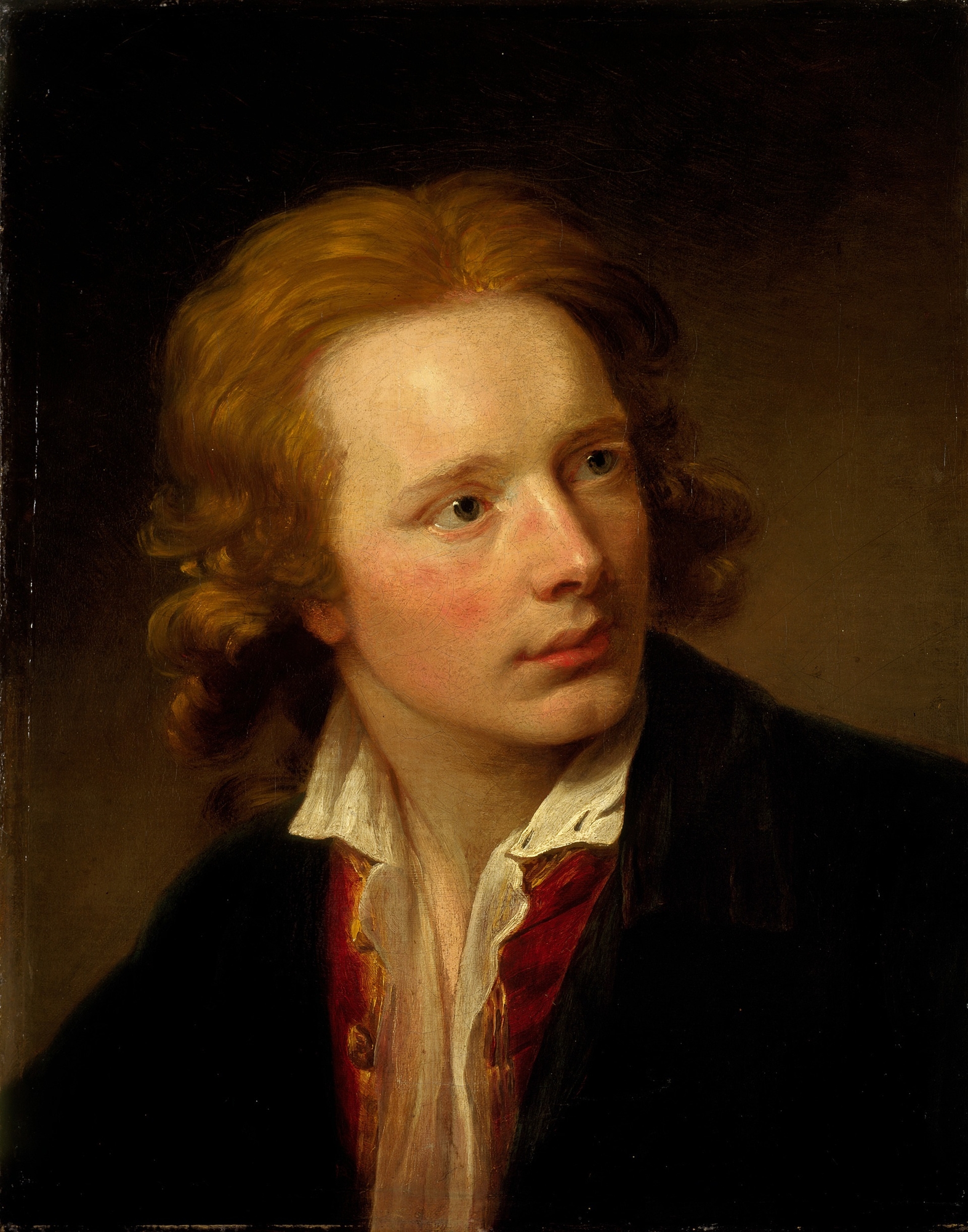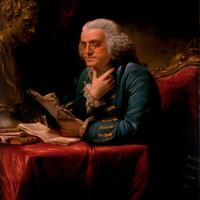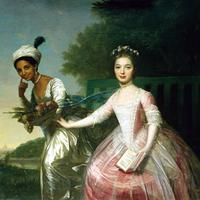More about David Martin
Works by David Martin

Sr. Contributor
David Martin painted kings, queens, and princes of the British Empire, yet his two arguably most iconic works depict an American revolutionary and a young Black woman.
Martin was born in County Fife, Scotland in 1737 as the son of a parish schoolmaster, and rose to become “the most important portrait painter in Scotland before Henry Raeburn.” This is to Martin’s credit on two counts, as he may have had a hand in training Raeburn, and possibly convinced his protege to give up miniatures and take up oil painting instead. Martin himself trained under the great Scottish portrait painter of the previous generation, Allan Ramsay, and accompanied Ramsay on his tour of Italy.
While in Italy, Martin picked up some of his signature flourishes, including a penchant for elaborate gilding and rich fabrics, which would later be vital clues to solving the centuries old mystery of a misattributed portrait. For over 100 years, the iconic Portrait of Dido Elizabeth Belle and Lady Elizabeth Murray, famously depicting a high-status Black woman on nearly equal footing with a white companion, was attributed to eccentric portraitist and one-time cannibal Johann Zoffany. However, the artist had never been positively identified, and in 2018, the British documentary series Fake or Fortune? investigated the origin of the painting. Their team conclusively proved that David Martin was in fact the artist, through forensic analysis of the paint, as well as stylistic elements including a fold of richly textured diaphanous fabric with gold embroidery that was nearly identical between that painting and another Martin portrait.
Here it starts to get like a game of six degrees of separation: artists edition. Dido Elizabeth Bell was the niece-in-law of Martin’s teacher Allan Ramsay. Ramsay had eloped with his drawing pupil Margaret Lindsay, daughter of a noble highland lord. Despite furious opposition from Margaret’s family, the couple stood by each other and had a happy and fruitful marriage. Her brother, Sir John Lindsay, was one of their few allies, having himself fathered an illegitimate daughter through a forbidden relationship with an enslaved Black woman. That daughter was none other than Dido, who was adopted by one of Martin’s principal patrons, the Earl of Mansfield.
The circuitous trail doesn’t stop there. While studying under Ramsay, Martin worked as an assistant on Ramsay’s coronation portraits of King George III and Queen Charlotte. Despite Ramsay’s insistence that he finish every portrait with his own hand, he soon became bogged down under the huge demand for reproductions, his studio cranking out at least 170 paintings of the King and 150 of the Queen. Understandably, he had to delegate completion of the lesser paintings and copies to Martin and others. Even so, some of the royal portraits were never finished. Thus, heads from a different artist were sometimes grafted onto bodies painted by Ramsay, and that artist was…ding, ding ding, you guessed it! Johann Zoffany.
These portraits were widely distributed throughout the British Empire, namely to the overseas American Colonies. The versions familiar to Americans on display in places like Colonial Williamsburg are high quality copies, so it is likely that many of those that made it across the pond are the work of David Martin. That is not the only connection between these United States and the artist, who primarily lived and worked between Edinburgh and London. He also painted an iconic portrait of Benjamin Franklin on one of the founder’s trips to Europe on behalf of the fledgling republic. David Martin had done a quick study of Franklin for a client the lawyer had represented in a property dispute, and it so delighted Franklin that he commissioned a large scale painting. It shows him sitting at his desk, thumb on chin, smugly looking over not great papers of state, not an elevated philosophical treatise, but the property deeds that won him the lawsuit. Martin’s portrait of Franklin now hangs in the White House.
Martin did portraits of other great enlightenment figures of the time, notably an engraving of Jean Jacques Rousseau (after his mentor Allan Ramsay), which is now in the collection of the Metropolitan Museum of Art. He was also official court painter to the decadent, womanizing Prince of Wales, future King George IV. However, despite his enormous professional success, his personal life was a tragic one. He married a lady of property named Ann Hill, but this auspicious beginning was not to last. All three of their children died in infancy, and Martin outlived Ann by over 20 years. He died in 1798 at age 60.
Sources
- Dictionary of National Biography, s.v. “Martin, David.” Lionel Henry Crust, modified December 30, 2020, https://en.wikisource.org/wiki/Dictionary_of_National_Biography,_1885-1….
- The Fine Art Society LTD. “David Martin 1737-1798.” Accessed March 25, 2022. https://www.thefineartsociety.com/artists/276-david-martin/.
- Kloss, William, et al. Art in the White House: A Nation's Pride. Washington, D.C.: The White House Historical Association, 2008. https://www.whitehousehistory.org/photos/benjamin-franklin-by-david-mar….
- The Met. “Portrait of Jean-Jacques Rousseau.” Accessed March 25, 2022. https://www.metmuseum.org/art/collection/search/390719.
- Mrsfox.com. “Dido Elizabeth Belle: A Black Girl at Kenwood.” Accessed March 25, 2022. https://mrsfox.co.uk/dido-elisabeth-belle/.
- National Portrait Gallery. “King George III.” Accessed March 25, 2022. https://www.npg.org.uk/collections/search/portraitExtended/mw02455/King….
- Pennsylvania Academy of Fine Arts. “Benjamin Franklin.” Accessed March 25, 2022. https://www.pafa.org/museum/collection/item/benjamin-franklin.
- Swinger, Lucy, Francis Welch and Judith Winnan, prod. Fake or Fortune? Season 7, episode 4, “A Double Whodunnit.” Aired September 2, 2018, on BBC One. https://www.bbc.co.uk/programmes/b0bj6gm7.
Featured Content
Here is what Wikipedia says about David Martin (artist)
David Martin (1 April 1737 – 30 December 1797) was a Scottish painter and engraver. Born in Fife, he studied in Italy and England, before gaining a reputation as a portrait painter.
Check out the full Wikipedia article about David Martin (artist)












